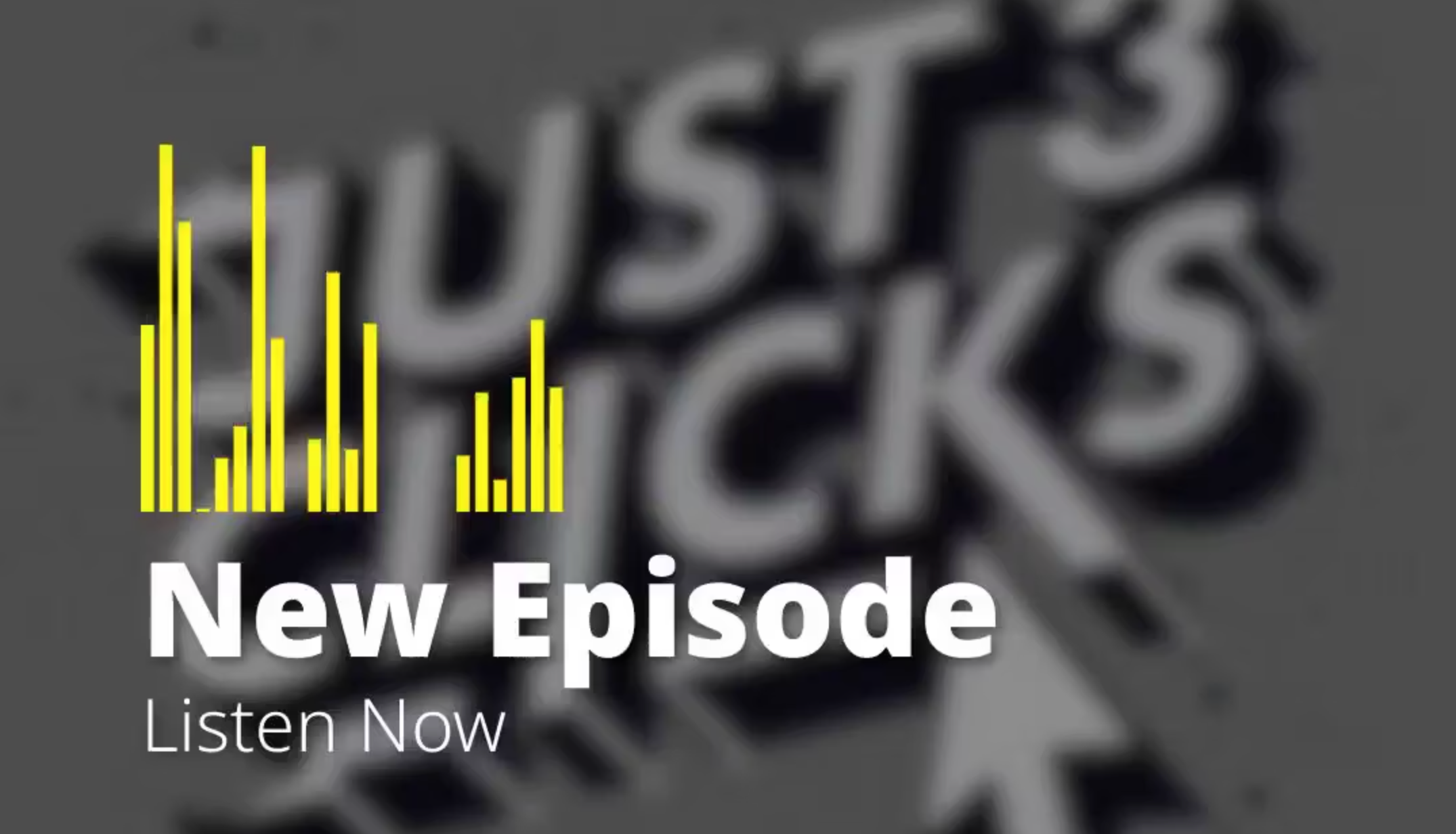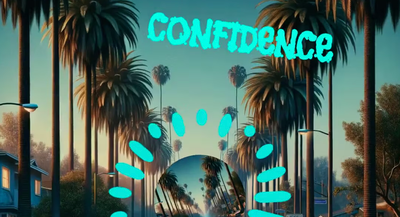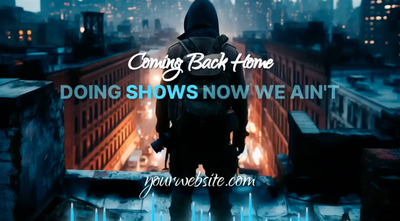Podcasting is becoming more popular by the day. Each day you log on to your audio platforms, such as Spotify or Apple Music, there’s a new podcast to listen to.
How do you stand out from other podcasts trying to attract the same target audience? How do you grab a potential listener’s attention before another podcast does?
In this blog post, we’ll explore how an audio waveform visualizer can take your podcast promotion game to the next level, improve your listener ratings, and more. This can all be done using a tool called Beatwave.
What is an Audio Waveform Visualizer?
Before creating a visualizer, it’s important to understand what one is. Simply put, an audio waveform visualizer is a visual representation of your audio. The waveform responds to and moves with the beats of your intro and the voices of yourself and your guests.
Introducing Beatwave
Check out Beatwave. This intuitive platform enables podcast creators to create incredible audio visualizers in just a few clicks. This powerful tool provides professionally designed templates and customizable features that allow you to transform flat audio files into videos that can be shared with current and potential listeners worldwide.

How to Create an Audio Waveform Visualizer
Creating your audio waveform visualizer with Beatwave couldn’t be easier. Begin by gathering the audio clips from your podcast episodes that you want to create visuals for.
Once these are ready, upload them to a Beatwave template. Once it’s uploaded, customize your visualizer to suit your podcast’s tone, genre, and style.
Whether you want to evoke a mysterious atmosphere for your true crime podcast using dark, moody colors or a particular color scheme to match your favorite sports team, Beatwave offers endless possibilities.
3 Tips to Remember When Promoting Your Podcast:
- Remember Your Brand! When customizing your visualizer, ensure it aligns with your brand identity. Use the customization tools to amend colors, text, and images to keep your visualizers consistent with your brand. Whether your podcast is educational or lighthearted, your audio waveform visualizer should reflect it accordingly.
- Don’t Bore People! Your audio waveform visualizer should be as engaging as your brilliant podcast. Experiment with different Beatwave templates and customization options to create a visual that holds your audience’s attention. Include images, text and colors relevant to your podcast clip to stop scrolls and drive listeners to your other podcast platforms.
- Optimize for Different Platforms! Beatwave enables users to change the format of the audio waveform visualizer between portrait, landscape, and square with the click of a button. Remember this when deciding where to share your visualizer, as each platform has preferences between these video orientations. When your video is optimized for each platform, you can maximize the reach and impact!
Strategies for the Best Results
Beatwave makes creating your audio waveform visualizer incredibly easy, but that’s just the beginning. You need to share your visualizer in the right places to drive listeners to your podcast and increase engagement. Here are a few tips to get you started:
- Share on Social Media: Share these snippets of your podcast in visualizer form on social platforms such as Instagram, X (Twitter), Facebook, and TikTok. As mentioned earlier, you can easily switch the visualizer between portrait, landscape, and square format to suit each platform. You just need to come up with the caption!
- Don’t Forget Email Marketing: Do you have subscribed listeners? Hit their inbox with your audio waveform visualizers to share snippets of your podcast and encourage them to check out the full episode. Encourage subscriptions by offering to share visualizer snippets before the full podcast is released.
- Incorporate into Email Marketing: Spruce up your email newsletters with animated GIFs or embedded videos featuring your podcast’s audio waveform visualizer. It’s a creative way to engage with your subscribers and drive traffic to your podcast.
- Collaborate with Guests: Invite guests to collaborate on your podcast to reach and attract their audience. Share the visualizers on each other’s social platforms to boost your listeners and engagement.
- Make the Most of Portraits: Don’t sleep on the portrait orientation for your visualizer. YouTube Shorts, Instagram Reels, and TikTok content perform extremely well, so take advantage of it!

Final Thoughts
By creating an audio waveform visualizer with Beatwave, you can take your podcast to incredible heights. With professionally designed templates, customization, and a little creativity, you can engage your audience and grow your podcast’s following. So, what are you waiting for? Unleash your podcast’s full potential and share waveform visualizers with current and possible future listeners worldwide.
Start visualizing your podcast’s journey today with Beatwave, and watch as your audience is engaged by your audio waveform visualizer.




